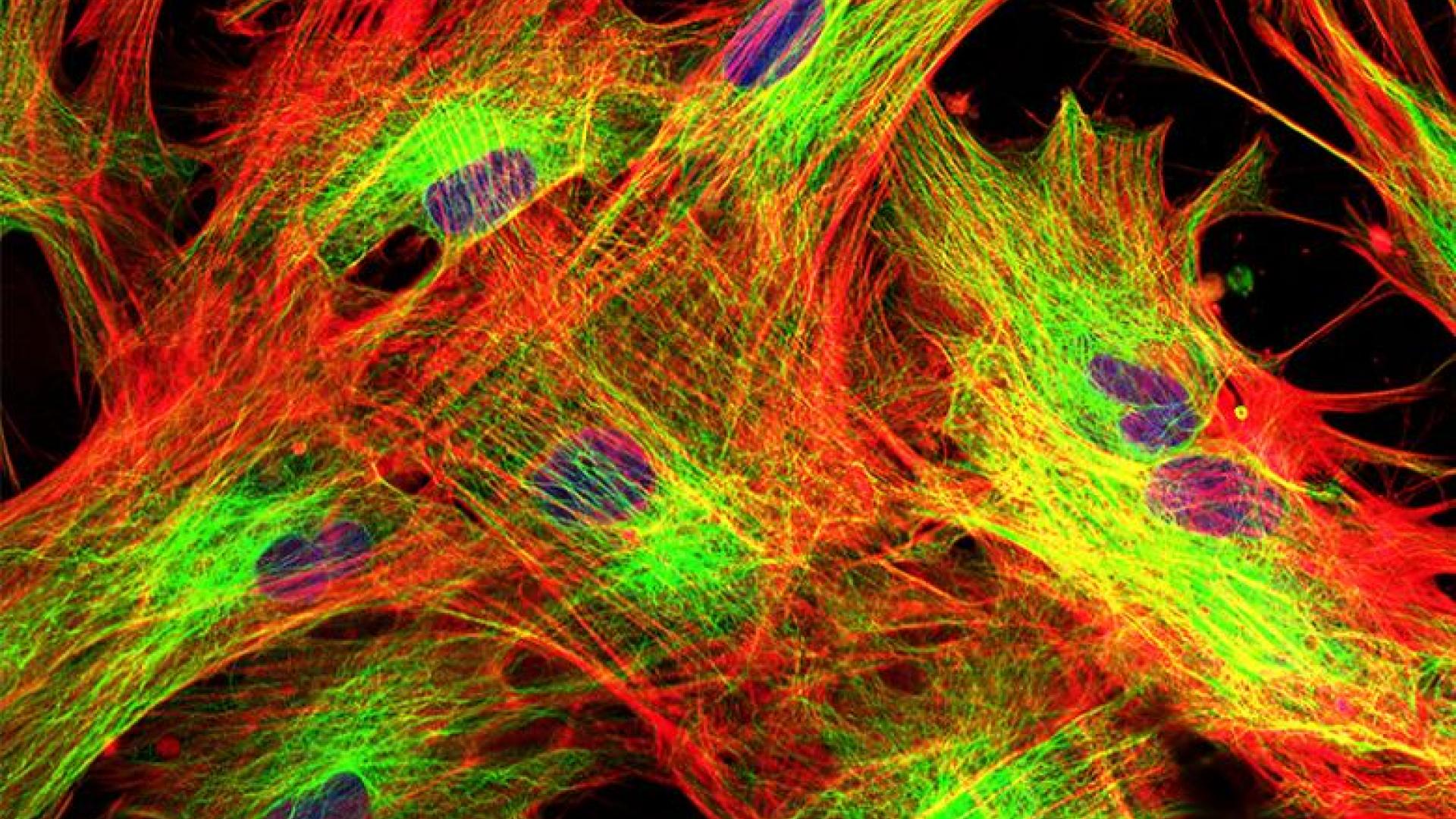The eye produces a fluid called aqueous humor, which provides nutrition to the eye, and also maintains the eye in a pressurized state. The aqueous humor is continually produced and drains out of the trabecular meshwork, the network of cells and scaffolding material that sits in an area called the drainage angle.
In primary angle-closure glaucoma, the anatomy of the eye is such that the drainage angle, which can be thought of as the angle between the iris and the cornea, is more narrow. This anatomical configuration predisposes the person with narrow angles to an acute angle-closure glaucoma attack, which is a medical emergency.
In an acute angle-closure glaucoma attack, the angle progressively becomes more narrow, blocking drainage of aqueous fluid, leading to a sudden rapid rise in eye pressure. This can cause eye pain, decreased vision, headache, nausea and vomiting. There is a preventive measure to decrease the risk of such an attack in predisposed individuals with narrow angles, called laser peripheral iridotomy.
About BrightFocus Foundation
BrightFocus Foundation is a premier global nonprofit funder of research to defeat Alzheimer’s, macular degeneration, and glaucoma. Since its inception more than 50 years ago, BrightFocus and its flagship research programs—Alzheimer’s Disease Research, Macular Degeneration Research, and National Glaucoma Research—has awarded more than $300 million in research grants to scientists around the world, catalyzing thousands of scientific breakthroughs, life-enhancing treatments, and diagnostic tools. We also share the latest research findings, expert information, and resources to empower the millions impacted by these devastating diseases. Learn more at brightfocus.org.
Disclaimer: The information provided here is a public service of BrightFocus Foundation and is not intended to constitute medical advice. Please consult your physician for personalized medical, dietary, and/or exercise advice. Any medications or supplements should only be taken under medical supervision. BrightFocus Foundation does not endorse any medical products or therapies.
- Treatments









